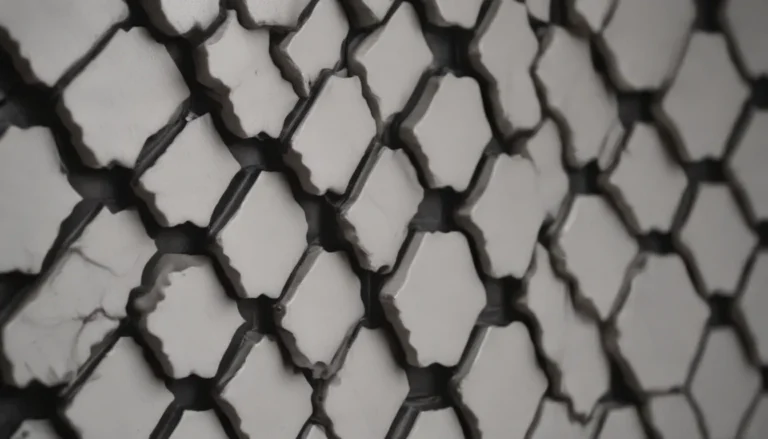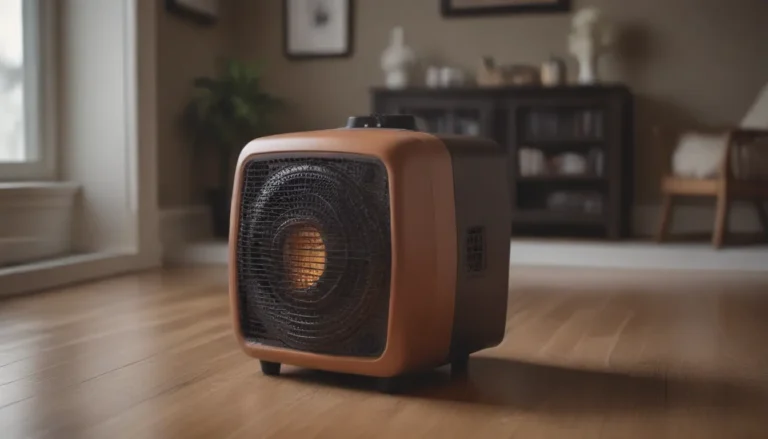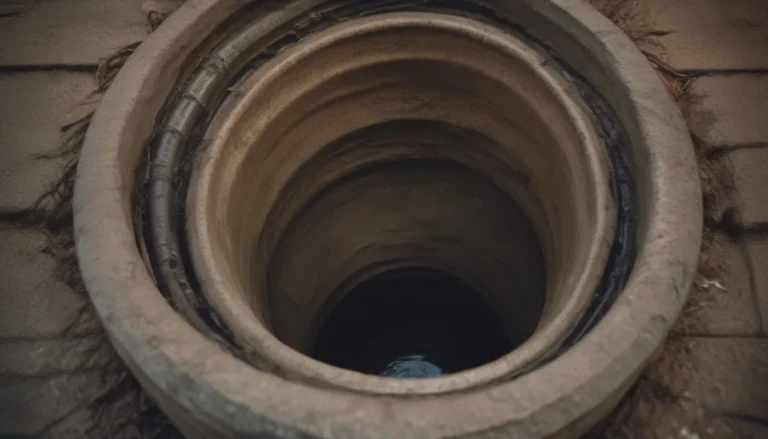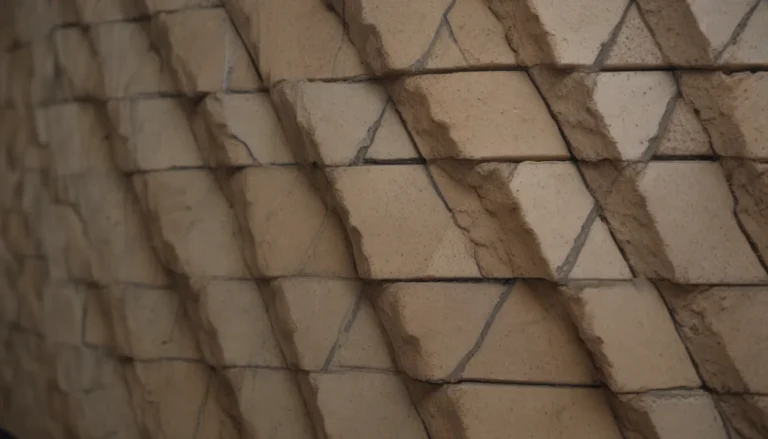The Ultimate Guide to Home Insulation: Everything Every Homeowner Should Know
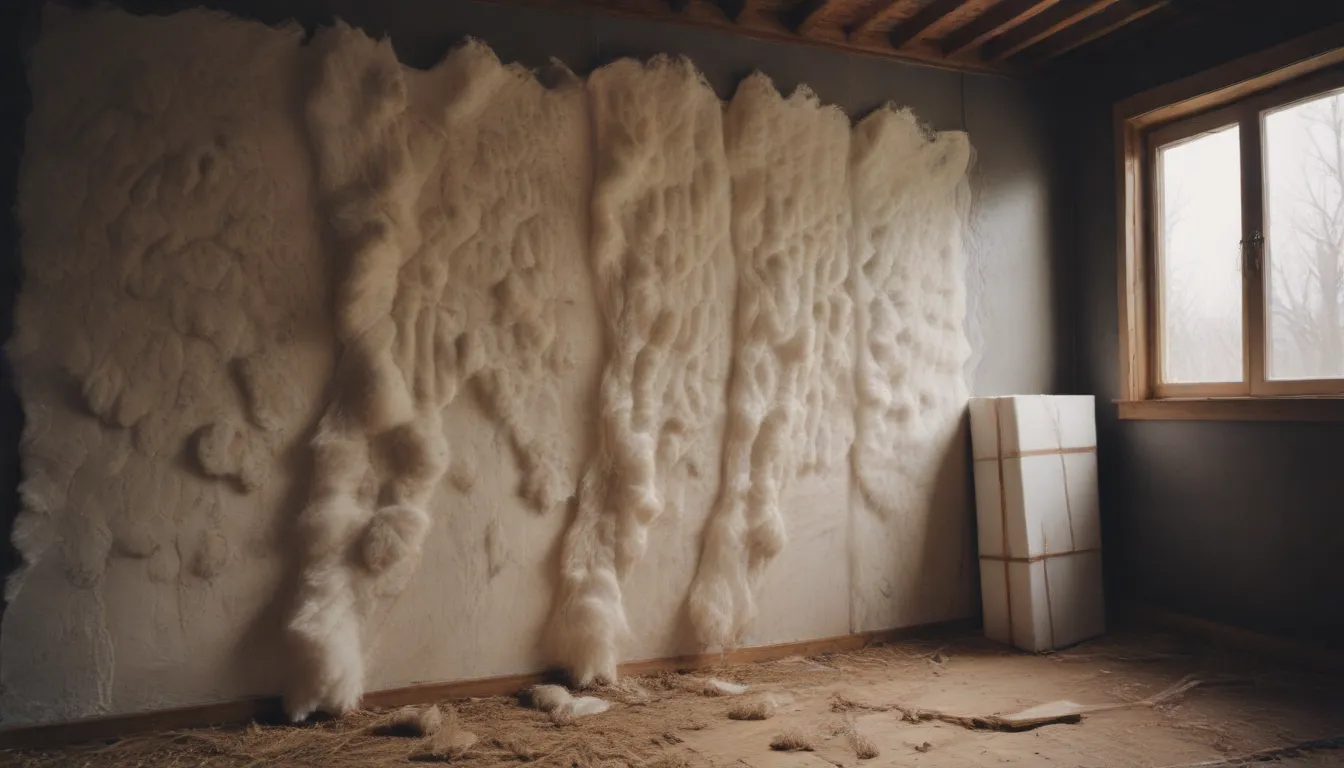
When it comes to making your home more energy-efficient, one of the most crucial factors to consider is insulation. Insulation plays a significant role in reducing heat transfer, maintaining consistent indoor temperatures, and ultimately cutting down on utility costs. But with so many types of insulation available, how do you know which one is right for your home? In this in-depth guide, we’ll explore the 10 types of insulation every homeowner should know.
Understanding Insulation Basics
Before diving into the various types of insulation available, it’s essential to understand the concept of R-value. The R-value measures the insulation material’s resistance to heat flow, with higher R-values indicating better insulating properties. When choosing insulation for your home, consider factors like climate, location, and specific areas that need to be insulated.
Safety First: Precautions When Working with Insulation
Insulation installation can come with potential hazards, from skin and respiratory irritation to more serious risks like encountering asbestos. To ensure your safety, always wear protective gear like closed-toe shoes, long pants, long-sleeve shirts, safety gloves, safety glasses, and masks. Proper ventilation is crucial, especially when working with certain types of insulation. If you suspect asbestos in your existing insulation, seek professional help immediately.
10 Types of Insulation Every Homeowner Should Know
1. Concrete Block Insulation
- Best for: Unfinished walls, foundation walls, new construction, and major renovations
- Made of foam boards or foam beads
- Increases the R-values of concrete mix
- Typically requires specialized skills for installation
2. Insulating Concrete Forms (ICFs)
- Best for: Unfinished walls and foundation walls in new construction
- Installed as part of the building structure
- Offers a high degree of thermal resistance
- Requires professional installation
3. Blanket Batts and Rolls
- Best for: Floors, ceilings, unfinished walls, and foundation walls
- Made of fiberglass, mineral wool, or natural fibers
- Easy to install for DIYers
- Cost-effective option
4. Reflective or Radiant Barrier Systems
- Best for: Light-duty insulation of ceilings, floors, and unfinished walls
- Made with reflective foil-faced materials
- Thin and easy to install
- Should be used in combination with other insulation types
5. Loose-Fill and Blown-in Insulation
- Best for: Wall cavities, attics, and hard-to-access locations
- Blown into cavities with special equipment
- Convenient for irregularly shaped spaces
- Suitable for DIYers or professionals
6. Spray Foam Insulation
- Best for: Enclosed existing walls, unfinished attic floors, and open new wall cavities
- Applied with spray containers or high-pressure equipment
- Expands and hardens upon application
- Ideal for sealing gaps and crevices
7. Structural Insulated Panels (SIPs)
- Best for: Unfinished walls, ceilings, floors, and roofs in new construction
- Made of foam board or liquid foam insulation core
- Increases insulation ability of the home
- Requires professional installation
8. Rigid Foam Board Insulation
- Best for: Exterior wall insulation, foundation walls, and attic hatches
- Made of polystyrene, polyisocyanurate, or polyurethane
- Offers high thermal resistance
- Suitable for DIY installation
9. Rigid Fiber Board Insulation
- Best for: Insulating air ducts and high-temperature locations
- High heat and fire resistance
- Reduces heat transfer through HVAC systems
- Requires professional installation
10. Recycled and Eco-Conscious Insulation
- Best for: Sustainability, eco-friendly construction, and waste reduction
- Materials include recycled denim, sheep’s wool, cork, and cellulose
- Available in batts, rolls, and loose-fill
- More expensive but environmentally friendly
Choosing the Right Insulation for Your Home
When selecting insulation for your home, consider the specific areas that need insulation, the climate you live in, and whether you’re conducting new construction or renovations. Insulating key areas like the attic, outer walls, and crawl space can significantly impact energy efficiency. Whether you opt for DIY-friendly materials or professional installations, make sure to prioritize safety and efficiency when insulating your home.
In conclusion, understanding the different types of insulation available can help you make an informed decision when it comes to improving your home’s energy efficiency. By choosing the right insulation for your specific needs and following safety precautions, you can create a more comfortable and cost-effective living environment for you and your family.
References:
– Green Job Hazards: Weather Insulating/Sealing. Occupational Safety and Health Administration.
– Fiberglass. Insulation Institute.
– Asbestos in the Home. Washington State Department of Health.
– Types of Insulation. United States Department of Energy.
– Radiant Barriers. United States Department Of Energy.
– Guide to Home Insulation. United States Department of Energy.
– Aksogan, Orhan et al. An environment friendly new insulation material involving waste newsprint papers reinforced by cane stalks. Journal of Building Engineering, vol. 15, 2018, pp. 33-40. doi:10.1016/j.jobe.2017.10.011.

